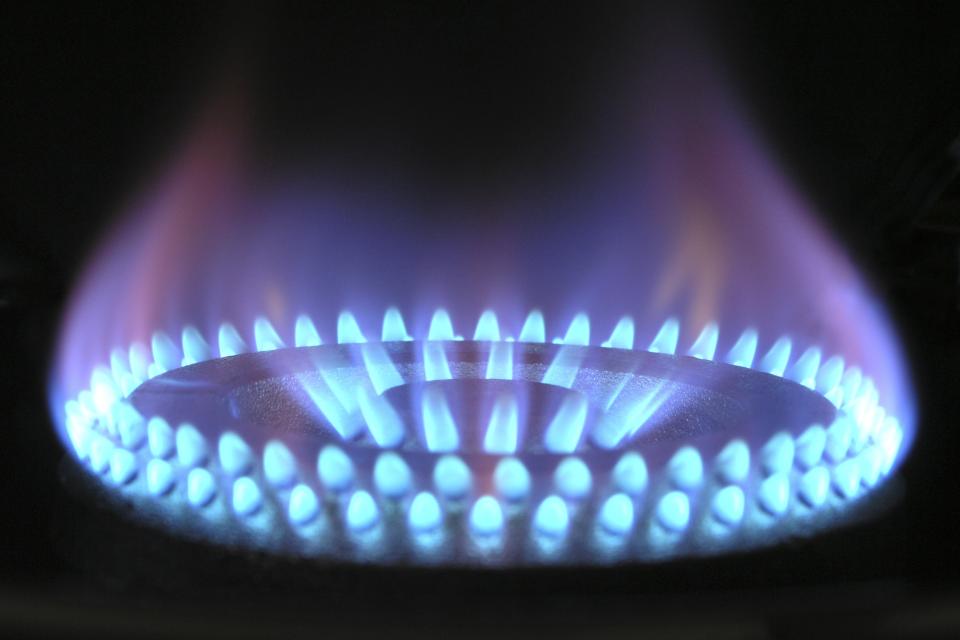Today's newspaper Postimees Postimees is an Estonian daily newspaper. writes that Estonia will use Russian gas this winter, although it has been said before that this is not the case.
After the outbreak of the war in Ukraine, such a quantity of Russian pipeline gas has been imported into the Baltic-Finnish gas network that exceeds Estonia's annual consumption by more than two and a half times. However, if the despised goods had not been purchased, the rooms could remain cold in winter, the newspaper writes. The Prime Minister confirmed in October that there is enough gas, but in fact her data is wrong.
There are deficiencies in the data provided to the public by Elering. The system manager shows the same gas quantity in different delivery lines several times. Namely, the annual throughput of the Klaipeda LNG terminal was displayed with the data of the beginning of June (38 terawatt-hours), while the reserve of the underground gas storage in Latvia's Inculkanš was estimated according to the autumn filling.
In its forecast, Elering has taken into account gas, which should be located in both places at the same time in order for the calculations to work, although in reality it is only in Latvia. With the help of logical errors, Elering increased the amount of gas by at least 1.9 terawatt-hours. For our region, this is not a large amount, but in Estonia alone it covers half a year's needs. This approach helped hide Russian gas from the public.
The 1.9 terawatt-hours, or a little over 190 million cubic meters of gas, bought to the Baltic countries from June to the beginning of October is the tip of the iceberg of Russian supplies. In fact, a much larger amount of Russian natural gas was imported into the Baltic States immediately after the war began. It is possible to follow up in these quantities. However, it is not possible to identify the buyers, because it is a business secret.
When Russia invaded Ukraine on February 24, the Baltic States and Finland began to purchase Russian gas with extraordinary vigor, all kinds of supply channels were used. Data on gas flows show that the amount of Russian gas reaching Lithuania from Belarus increased by more than 50 percent already on the first day of the war.
As a result of the big gas rally, a total of 6.2 terawatt-hours of fresh Russian gas had been bought to the Baltic countries and Finland in five weeks by April 1. The price of such a quantity was 770 million euros at that time.
If you add up the amounts of Russian gas that have reached the Baltic states and Finland since the beginning of the war, the result is 9.3 terawatt-hours. Given that the price of gas has remained stable after the outbreak of the war at more than one hundred euros per megawatt hour, and was significantly higher in the second half of the summer, the volume of purchases of Russian gas by Baltic gas sellers reached 1.2 billion euros, according to Postimees Postimees is an Estonian daily newspaper. .
Legally, gas sellers in Estonia and Latvia could buy gas from Russia even now, because, unlike Lithuania, the ban on buying Russian gas does not come into effect until the end of the year. However, if the Baltic countries and Finland had turned off the Russian gas tap on the first day of the war, Inčukalns would be facing 5.1 terawatt-hours of gas instead of the current 14.4 terawatt-hours, and the situation with security of supply would be very difficult. This is due to the fact that about 3 terawatt-hours of gas is added to the network from Klaipeda per month, while the winter gas consumption of the Baltic-Finnish region is estimated to be about half as much.



